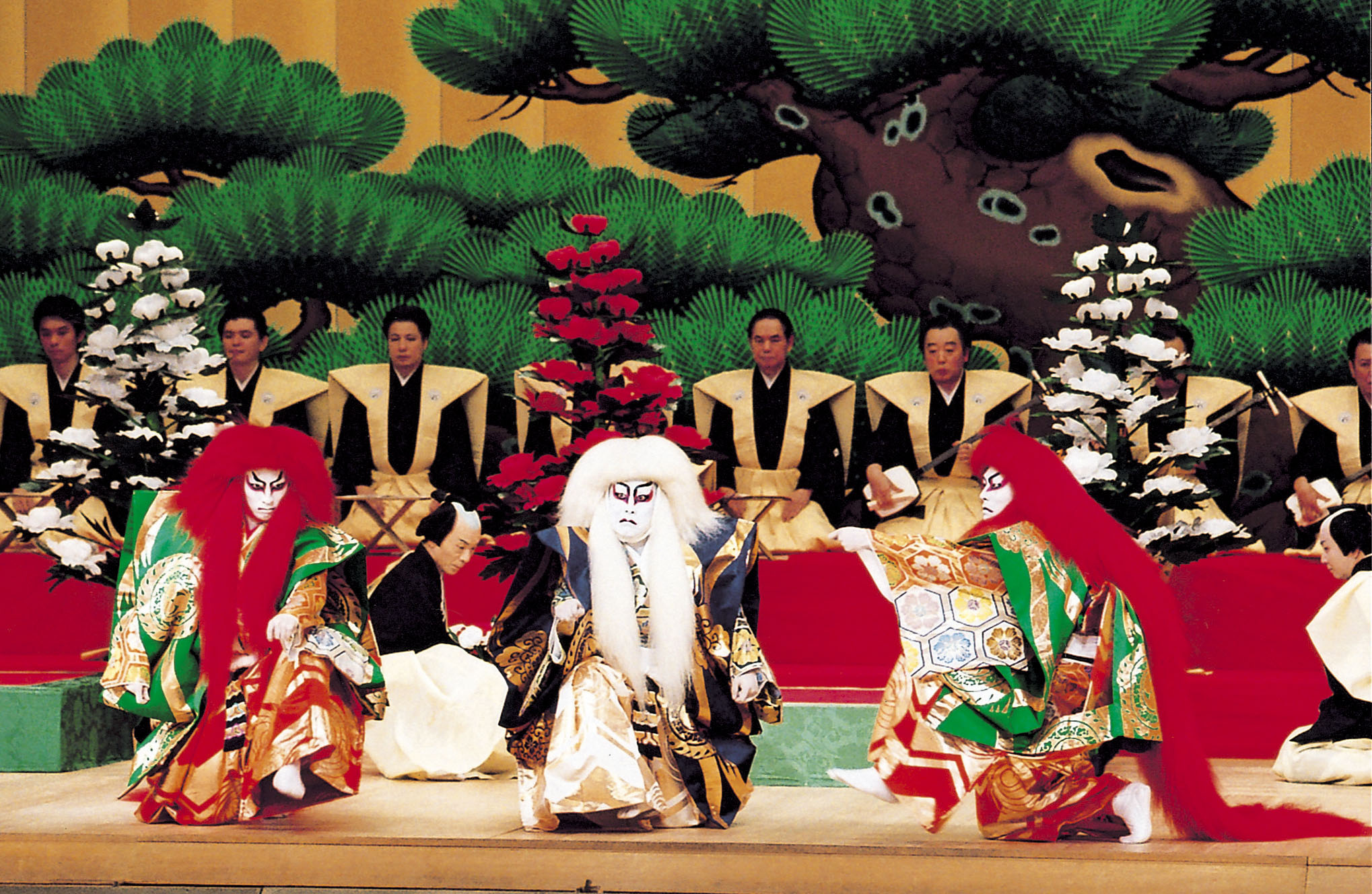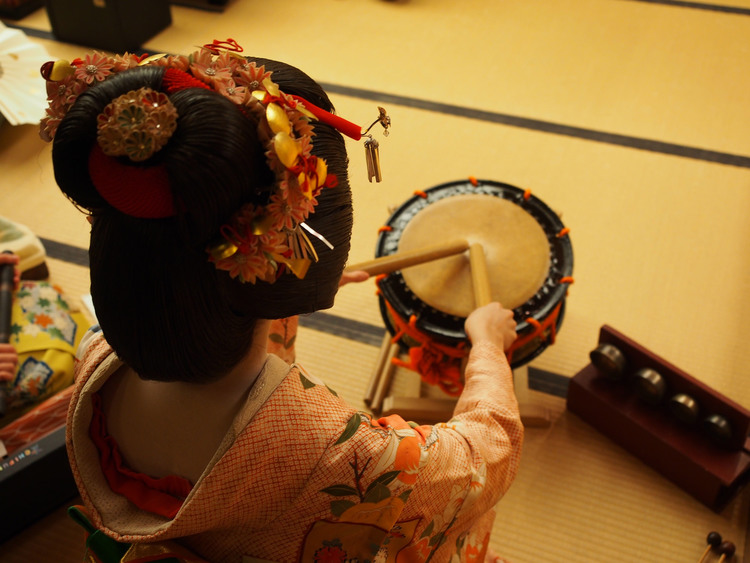The title "Living National Treasure" holds profound meaning in Japanese society. These artisans are seen as living embodiments of Japan's cultural identity, representing a bridge between the past and the present.
Read MoreShudan ishiki — (n) A term to describe that in Japanese society, people tend to be group-oriented, giving priority to group harmony over the individual
Read MoreAimai — (adj) ‘A state in which there is more than one intended meaning, resulting in obscurity, indistinctness, and uncertainty’.
Unlike other cultures, ambiguity can be seen as a sign of politeness and respect,
Read MoreSuibokuga is a style of monochrome painting characterized by the use of just two things, black ink (sumi) and water. Deceptively simple, suibokuga artists make use of these two seemingly mundane materials to create a complex world of light, form, and even texture.
Read MoreMatcha (抹茶) is a powdered green tea. Known for its particularly strong flavor, it holds a special place in Japanese culture as the leading role in the Japanese tea ceremony, where it is served along with a confectionary sweet, known as wagashi (和菓子).
Read MoreFor many cultures around the world, however, drinking tea is nothing new. In Japan, tea is known in general as ocha (お茶) and has developed, over the centuries, as an important pillar of Japanese culture.
Read MoreJapan has a long and intricate fashion history. Fashion itself, of course, plays a key role in the cultural qualities of any country, as it alone can illustrate the evolution of a multitude of social and political institutions across history. For both the world’s consumers and the luxury industry, Japan has emphasized the importance of image and innovation in couture style and luxury brands.
Read MoreHow many of you have heard the word "omotenashi" before? The word essentially translates to Japanese hospitality. The term's popularity has grown since it was used in the Tokyo 2020 Olympics candidate speech.
Read MoreIt can be said that Japanese culture has become intrinsically linked with Zen. First introduced to Japan around the 7th century, Zen ideology spread rapidly throughout the 12th century, a time known as the Kamakura period. Zen generally refers to a meditation practice derived from Buddhism, and its influences can be found throughout daily life in Japan.
Read MoreThe three syllables that make up the word “kabuki” (歌舞伎), mean “music”, “dance”, and “acting”, respectively. The whole word itself comes from an archaic verb kabuki, which means “to incline”, and references the actors' flamboyant clothes and actions. Since the kabuki’s founding, spectators were well aware that this new type of theater would be a strong deviation from noh traditions.
Read MoreIn recent years, the Japanese katana (sword) has become increasingly popular with the re-acknowledgement of its value as a work of art. We would like to introduce our readers to a short article on the history and process behind creating these cultural treasures.
Read MoreBelieve it or not, the original geisha hardly resembled modern geisha in any way. The first geisha were actually male, appearing around the year 1730. It was only about 20 years later that female geisha began to appear in the forms of odoriko (踊り子, meaning dancers) and shamisen players, and they quickly took over the profession, dominating it by 1780.
Read MoreTokyo’s geisha culture is one that is rich, yet virtually unknown by many. With six hanamachi (花街, Japanese geisha districts) and hundreds of years of history, there is much to experience in this hidden culture.
Read MoreGeisha, at the most fundamental level, are professional entertainers. They are trained in a variety of Japanese traditional arts, such as dancing, singing, flute, and shamisen (a traditional Japanese three-stringed instrument), as well as the art of hospitality. They also play games and engage in conversation with visitors, all in service of providing the most welcoming and intimate environment possible.
Read MoreThe Edo period (the 17th to mid-19th centuries) greatly shaped Japanese architecture. Simple, dignified, and beautiful; the structures created during this time can even be seen today, inspiring architecture around the world.
Read MoreFrom simple farmhouses to ornate castles, Japan is full of awe-inspiring architectural wonders. It is home to seven architects who have won the Pritzker Prize, the highest honor that a person can receive in architecture. With its unique blend of tradition and innovation, Japanese architecture has continued to influence architects all over the world.
Read MorePopular culture has long portrayed samurai as warriors who fought in a fury of sword fighting and elaborate maneuvers, but behind that is a long-standing philosophy that influenced them - that of bushidō (武士道), which was a code of ethics to be followed.
Read More




















